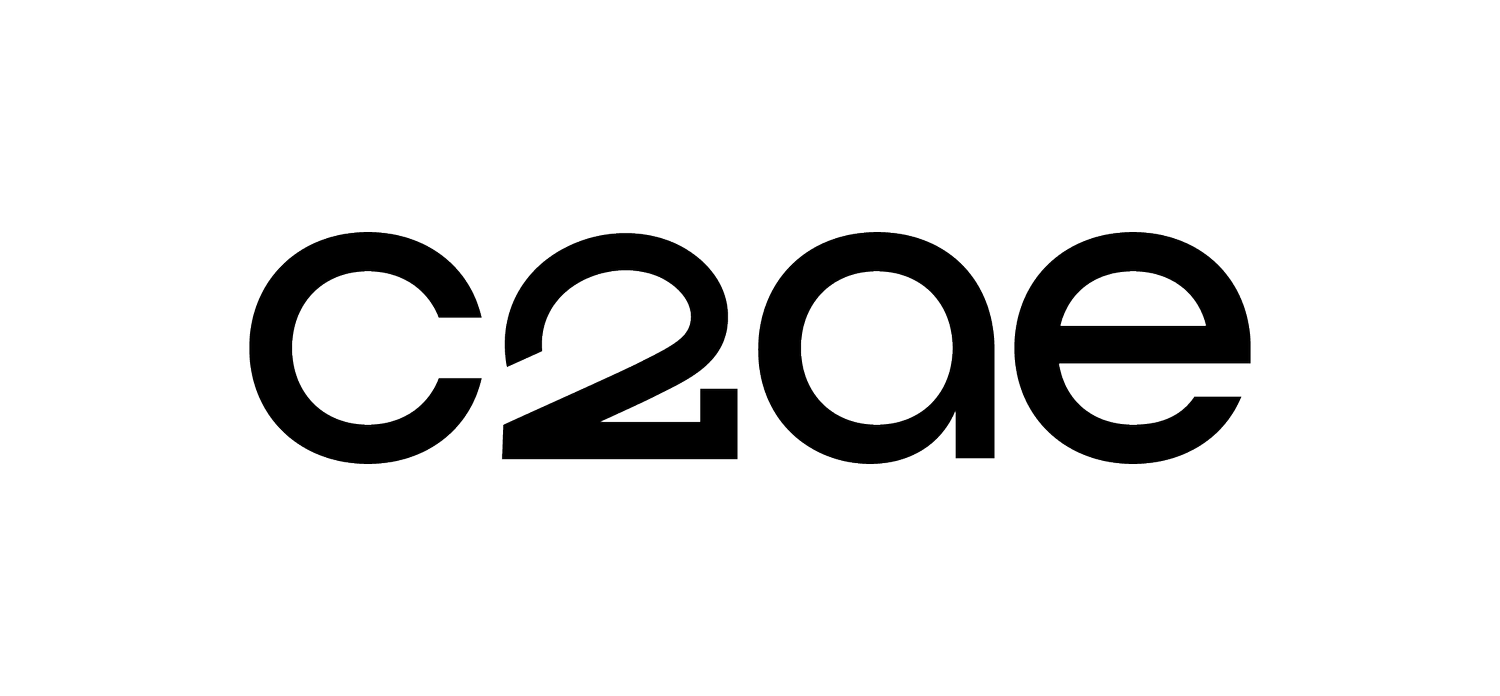Three New Answers to Age-Old Public Works Questions
“Public works” is a broad term that can be difficult to define. In general, C2AE believes public works is about fostering vibrant, healthy communities. And we do this in a few ways:
Conserving natural resources
Managing waste
Maintaining the built environment
Last week, a few of C2AE’s team members attended the 2023 American Public Works Association (APWA) New York Chapter Annual Conference to learn more about the latest research and design trends helping public works professionals do what they do best. Here is what we learned:
1. How can we conserve natural resources?
PFAS, per- and polyfluoroalkyl substances, are among a group of chemicals branded “forever chemicals” because of their resistance to degradation over time. PFAS are widely used and known to cause cancer. Scientists, public works professionals, and engineers are only just beginning to understand the dangers of PFAS chemicals—and, as such, they have become a topic of important conversation.
“We have encountered trace amounts of PFAS contamination in some of our own project sites,” comments Ian Yerdon, PE, a project manager at C2AE who attended the conference. “These chemicals can seep into drinking water, so it’s important for municipalities to be vigilant and to test.”
Though much about PFAS is unknown, we recommend that municipalities test their public drinking water, and we encourage homeowners with wells to do the same.
2. What’s new in waste management?
The regionalization of services is a growing trend in wastewater treatment. Communities are doing away with smaller plants in favor of larger facilities that can serve a wider population, sometimes comprised of multiple municipalities. Over time, one large treatment facility can be significantly more economical, more efficient, easier to maintain than multiple smaller facilities.
One publication by the U.S. EPA noted, “The large number of water and wastewater systems in the U.S. also complicates responding to a number of acute challenges facing the industry, including aging infrastructure, emerging water quality issues and workforce development needs. The scale and diversity of system configurations preclude simple, uniformly applicable solutions.”
In short, fewer but bigger plants can mean better plants.
3. What’s the best way to maintain the built environment?
Geographic information system (GIS) technology has been changing the asset management game for decades. At C2AE, we only see more New York municipalities adopting asset management powered by GIS moving forward. Why? Because GIS allows you to visualize all of your community’s assets on a map, record each asset’s condition, plan for maintenance and repairs, budget, and so much more.
See what Ian Yerdon, PE, has to say about asset management with GIS here.
Key Takeaways While public works is a constantly evolving field, the goal continues to be to achieve a high quality of life in our communities. So here’s to another year of serving the great state of New York—and to those who participated in our beer raffle at the conference: cheers!
